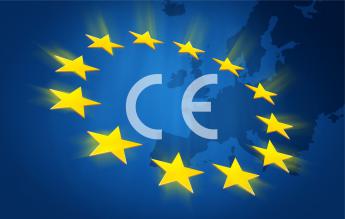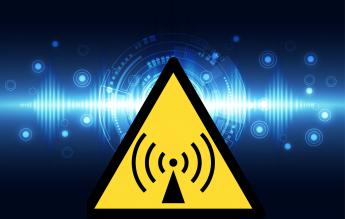
Electromagnetic fields have 2 components: an electric field and a magnetic field. The electromagnetic environment is shaped by natural sources (solar radiation, electric charges in the atmosphere - storms, telluric currents) and artificial sources which intentionally emit radio waves, as well as other, involuntary sources such as the parasite phenomena (interference) caused by other electrical items.
Electromagnetic compatibility (EMC) is the capacity of an electrical or electronic device or system to operate effectively within its electromagnetic environment, without generating electromagnetic disturbance that will interfere with other devices in the same environment.
There are two key acronyms here:
In Europe the regulations connected with CE marking set out the essential EMC requirements which must be satisfied before a device can be released to the market, with specific directives applicable to different categories of equipment.
Devices may be covered by the generic ECM 2014/30/EU directive or more precise requirements (directive RED 2014/53/UE, directive 2007/47/EC,...)
The EU compliance declaration required for CE marking is usually based on harmonised standards determined by the applicable directive(s). The EMC standards published in the OJEU specify the required tests and accompanying specifications for different categories of apparatus and different usage environments.
Elsewhere in the world, most countries have regulations in place to ensure the electromagnetic compatibility of equipment used within their borders, in order to effectively manage the frequency spectrum (cf. radio frequencies).
In some cases the required tests may focus exclusively on emissions, with a view to protecting the electromagnetic spectrum (and its use by radio devices). In other cases, immunity must be taken into account.
The International Electrotechnical Commission (IEC) coordinates developments in ECM standards, acting as the international standards agency for electrical equipment, electronics and related fields.
Emitech is recognised CBTL status under the CB Scheme for electromagnetic compatibility.
Certification campaigns are usually associated with specialist equipment for sectors associated with particularly demanding conditions: nuclear, railways, maritime, automobiles, defence, aeronautics, space etc. The requirements are even stricter when the equipment in question presents potential safety concerns. Environmental requirements are often found in the technical specifications which clients in these sectors issue to their suppliers.
In the field of electromagnetic compatibility, the most demanding standards are those which apply to defence systems and safety equipment in the automotive and aeronautical sectors.
The first ECM standards to be issued focused on naval vessels, where numerous detection systems (radar) and communication technologies (RF transmitters) need to coexist with dozens of electronic systems.
The need to maintain tight control over intense radio frequencies aboard warships loaded with fuel and munitions led the American navy to develop the first ever ECM standards (MIL STD).
Military ECM standards are now issued by France (GAM EG 13), the UK (DEF-STAN) and NATO (STANAG). These certifications have also spread to other sectors such as aeronautics (RTCA-DO) and automobile manufacturing.
EMC tests will seek to establish:
By extension, the term "EMC testing" covers all emission and immunity tests and many of the related electrical tests: current variation and fluctuation, harmonic and flicker measurement etc.
























Emitech Group - Legal information